Given a set of N bounding boxes with vertex coordinates:
"vertices": [
{
"y": 486,
"x": 336
},
{
"y": 486,
"x": 2235
},
{
"y": 3393,
"x": 2235
},
{
"y": 3393,
"x": 336
}
]
I would like to group the bounding boxes into rows. In other words, given the pictorial representation of bounding boxes in this image:
I would like an algorithm that returns:
[1,2,3]
[4,5,6]
[7,8]
[Edit: Clarification] The grouping decisions (e.g. [4,5,6] and [7,8]) should be based on some kind of error minimisation such as least squares.
Is there an algorithm or library (preferably in python) that does this?
